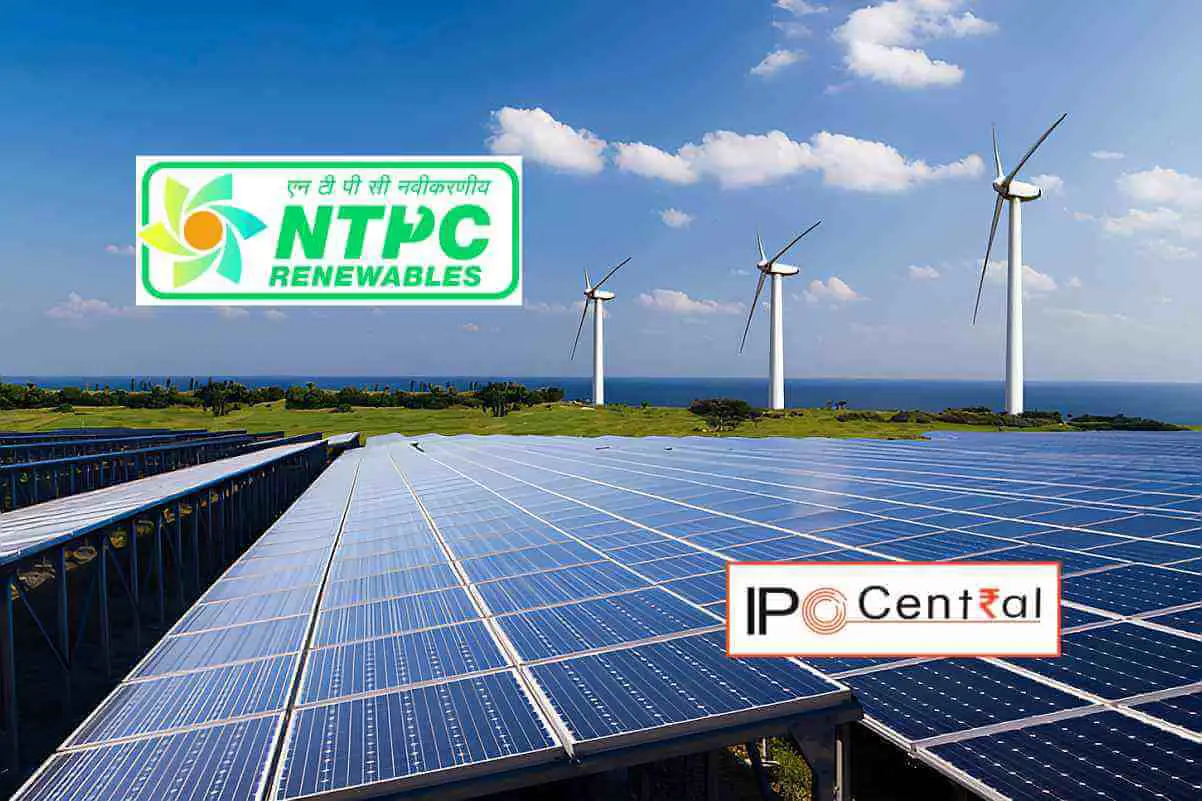NTPC and Green Energy: Pioneering a Sustainable Future
The future is green, and NTPC (National Thermal Power Corporation) is leading India toward this vision. With a steadfast commitment to sustainability, NTPC has embarked on a transformative journey to integrate green energy into its operations. Let’s dive into this fascinating shift that’s reshaping India’s energy landscape.
Understanding NTPC and Its Vision
What is NTPC?
A Brief History of NTPC
Established in 1975, NTPC has been a cornerstone of India’s energy sector. Initially focused on thermal power generation, it played a pivotal role in electrifying the nation and supporting industrial growth.
Role in India’s Energy Sector
NTPC is India’s largest power utility, contributing significantly to the country’s electricity needs. It has consistently delivered reliable energy, underpinning India’s economic development.
NTPC’s Transition to Green Energy
The Need for Green Energy
As climate change and environmental concerns intensify, the world is pivoting toward renewable energy. NTPC recognizes the urgency of this transition to reduce its carbon footprint and meet global sustainability goals.
NTPC’s Green Energy Goals
NTPC aims to achieve 60 GW of renewable energy capacity by 2032. This ambitious target underscores its commitment to becoming a leading player in the green energy sector.
The Role of Green Energy in NTPC’s Portfolio
Key Initiatives in Renewable Energy
Solar Power Projects
NTPC has launched several large-scale solar projects across India, including floating solar plants that optimize water reservoirs for energy production.
Wind Energy Expansion
In addition to solar energy, NTPC is exploring wind farms in regions with high wind potential to diversify its renewable portfolio.
Investments in Emerging Technologies
Green Hydrogen Development
NTPC is investing in green hydrogen, a clean energy source that can revolutionize sectors like transportation and heavy industry.
Energy Storage Solutions
To address the intermittency of renewable sources, NTPC is developing advanced battery storage systems, ensuring a stable power supply.
Partnerships and Collaborations
NTPC collaborates with global energy leaders and technology providers, leveraging their expertise to accelerate its green energy initiatives.
The Impact of NTPC’s Green Energy Drive
Environmental Benefits
Reduction in Carbon Emissions
By shifting to renewables, NTPC significantly reduces greenhouse gas emissions, aligning with India’s commitments under the Paris Agreement.
Enhancing Biodiversity
Renewable projects often include measures to restore and preserve local ecosystems, creating a positive environmental ripple effect.
Economic and Social Impacts
Job Creation
Green energy projects create numerous jobs in construction, maintenance, and technology development, fostering economic growth.
Support for Rural Communities
Many projects are located in rural areas, providing infrastructure, education, and healthcare facilities to uplift these communities.
Challenges and Future Outlook
Challenges in the Green Energy Transition
Financial Constraints
Renewable projects require substantial investments, and NTPC must balance these costs with its existing commitments.
Technological Barriers
Scaling up green technologies like hydrogen production and energy storage is complex and demands significant R&D.
The Road Ahead
Government Support
Policies and subsidies from the government play a crucial role in enabling NTPC’s green transition.
Innovations in Green Energy
Continuous advancements in technology will drive efficiency, making renewable energy more accessible and affordable.
Conclusion
NTPC’s shift to green energy is more than a strategy; it’s a commitment to a sustainable future. As the company pioneers innovative solutions, it sets an example for other industries to follow. Together, with support from communities and stakeholders, NTPC is charting a path toward a greener, brighter future.
